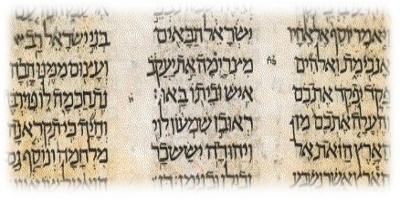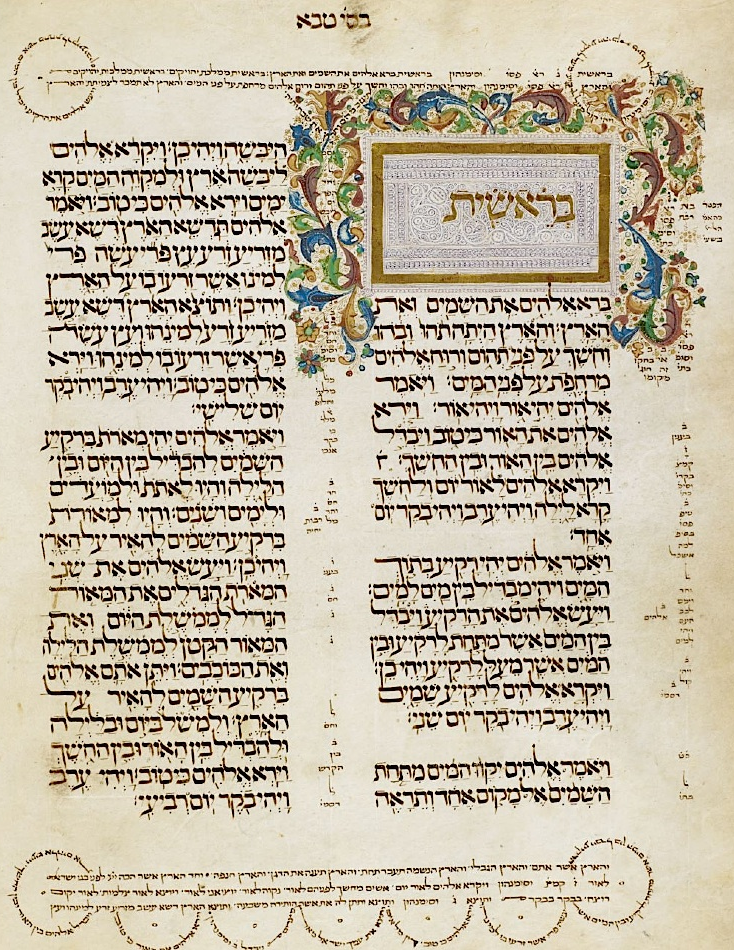
"No one noticed this before me." Qumran mysteries "I argue that the Damascus Document contains the bylaw or rule that regulates the annual gathering," Vainstub told Live Science in an email. The Cairo Geniza description suggests Qumran was the site of an annual gathering in the month of Sivan, when the holiday of Shavuot is observed to mark the renewal of the Jewish covenant with God.

The most complete versions of the Damascus Document were found in the genizah, and fragments of it have since been found among the Dead Sea Scrolls themselves.Īnd according to Vainstub, the version from the genizah in Cairo contains a fuller description of a ceremony referred to in the Dead Sea scroll fragments, which was misunderstood until now. (Image credit: Lebrecht Music & Arts / Alamy) Solomon Schechter studies boxes of manuscripts from the Cairo Genizah. Related: Photos: Rare inscription from King David's timeĪs a result, writings accumulated over many centuries in the Cairo Genizah and in the 1890s, Cambridge University scholar Solomon Schechter visited the site and found a a trove of hundreds of thousands of ancient manuscripts, including Hebrew religious texts, as well as works in several languages on art, literature, philosophy and science. It was eventually stored in the Cairo Genizah, a storeroom adjoining a Jewish synagogue in Fustat, the original Arabic capital of Egypt that eventually became a southern neighborhood of the city of Cairo.ĭestroying any text that contains God's name is forbidden in Jewish religious law, even accidently, and any documents from Cairo's Jewish community were ultimately stored in the genizah just in case, at least until they could be formally buried.

The Damascus Document - so-named from its numerous references to the city in Syria, possibly because Damascus was once ruled by Israel's King David - was copied from an earlier Hebrew source in about the 10th century A.D.

In a new study, published online at the end of July in the journal Religions, Vainstub argues that Qumran was the location of this annual gathering based on a version of the rules of the religious community contained in what's called the Damascus Document or Damascus Covenant. "All this fits the archaeological remains of the site." Dead Sea gathering "The countrywide gathering in Sivan was a large and well-regulated event for which clear and detailed rules were established,"Daniel Vainstub, an archaeologist at Ben-Gurion University of the Negev, told Live Science. According to the new theory, many of the Dead Sea Scrolls themselves could have been written by Essene communities throughout the country and brought to Qumran at the time of the annual festival to study and be stored there.


 0 kommentar(er)
0 kommentar(er)
